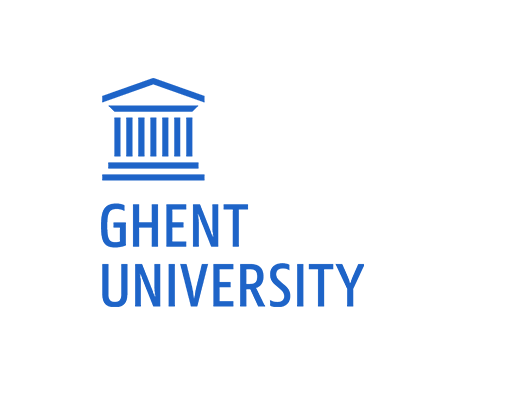Tweede Orde Personalisering : Voorkeurstemmen in Nederland
Abstract
lf the impact of party leaders on the electoral fate of their parties may be called first order personalization, this paper addresses second order personalization: a preference for an individual candidate having to do with that person embedded in a prior choice for the candidate's party. Using survey data and election results with respect to intraparty preference voting in The Netherlands, this study explores the characteristics of both voters casting a vote for a candidate other than the party leader and candidatesreceiving preference votes. Given the increase in intraparty preference voting, second order personalization has increased considerably in recent decades. Moreover, the correlates of second order personalization differ from those identified for first order personalization: intraparty preference votes are cast more often by higher educated, politically interested and efficacious female voters. lntraparty preference voting also seems to be a form of expressive rather than instrumental electoral behaviour: female candidates, and to a lesser extent ethnic candidates, receive more preference votes, but such votes are cast predominantly for the highest placed female (or ethnic) candidate on the list - candidates who would be elected on the basis of their position on the party list anyway.
How to Cite:
Van Holsteyn, J. & Andeweg, R., (2012) “Tweede Orde Personalisering : Voorkeurstemmen in Nederland”, Res Publica 54(2), 163-191.
Downloads:
Download pdf
View
PDF

